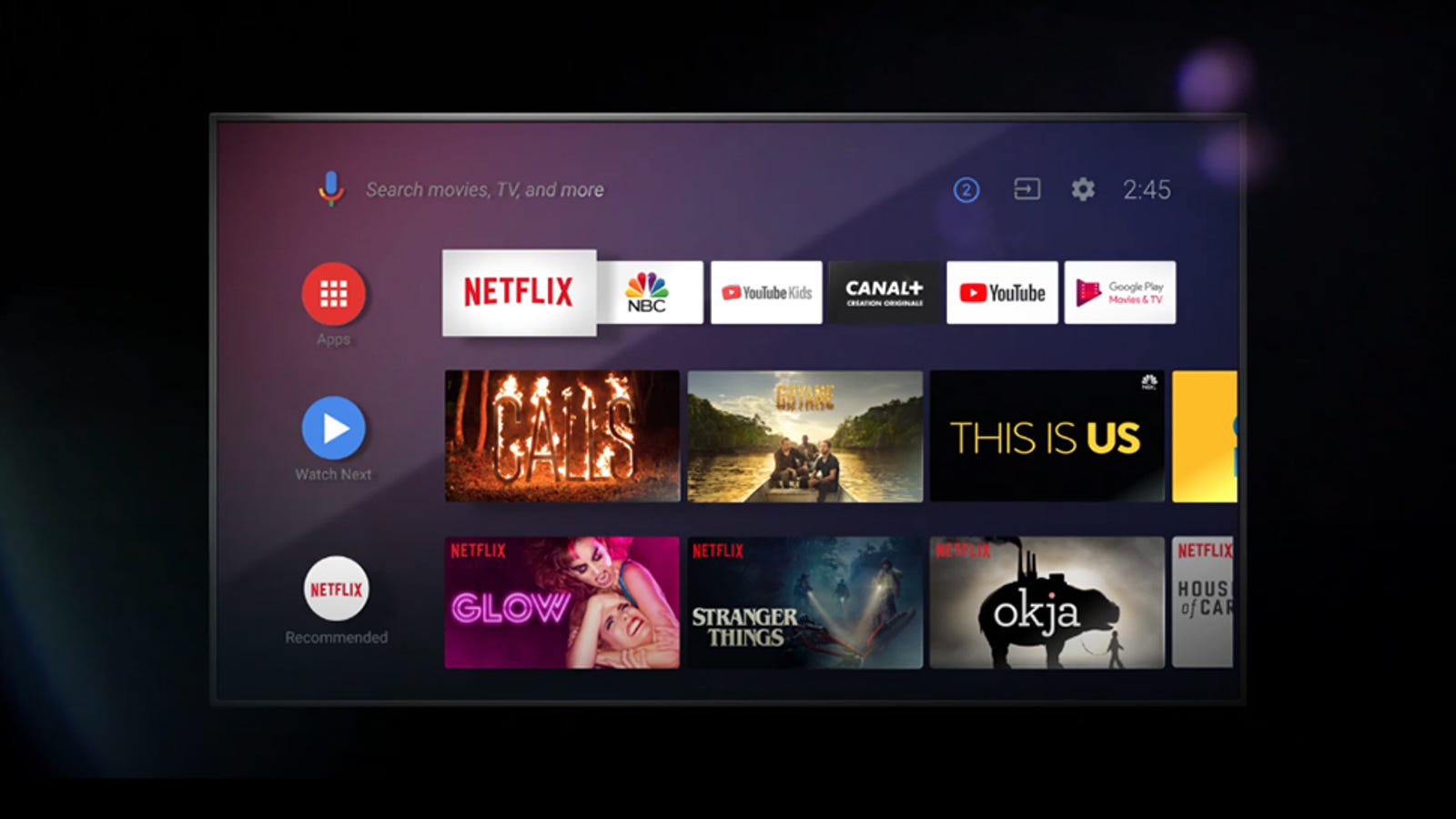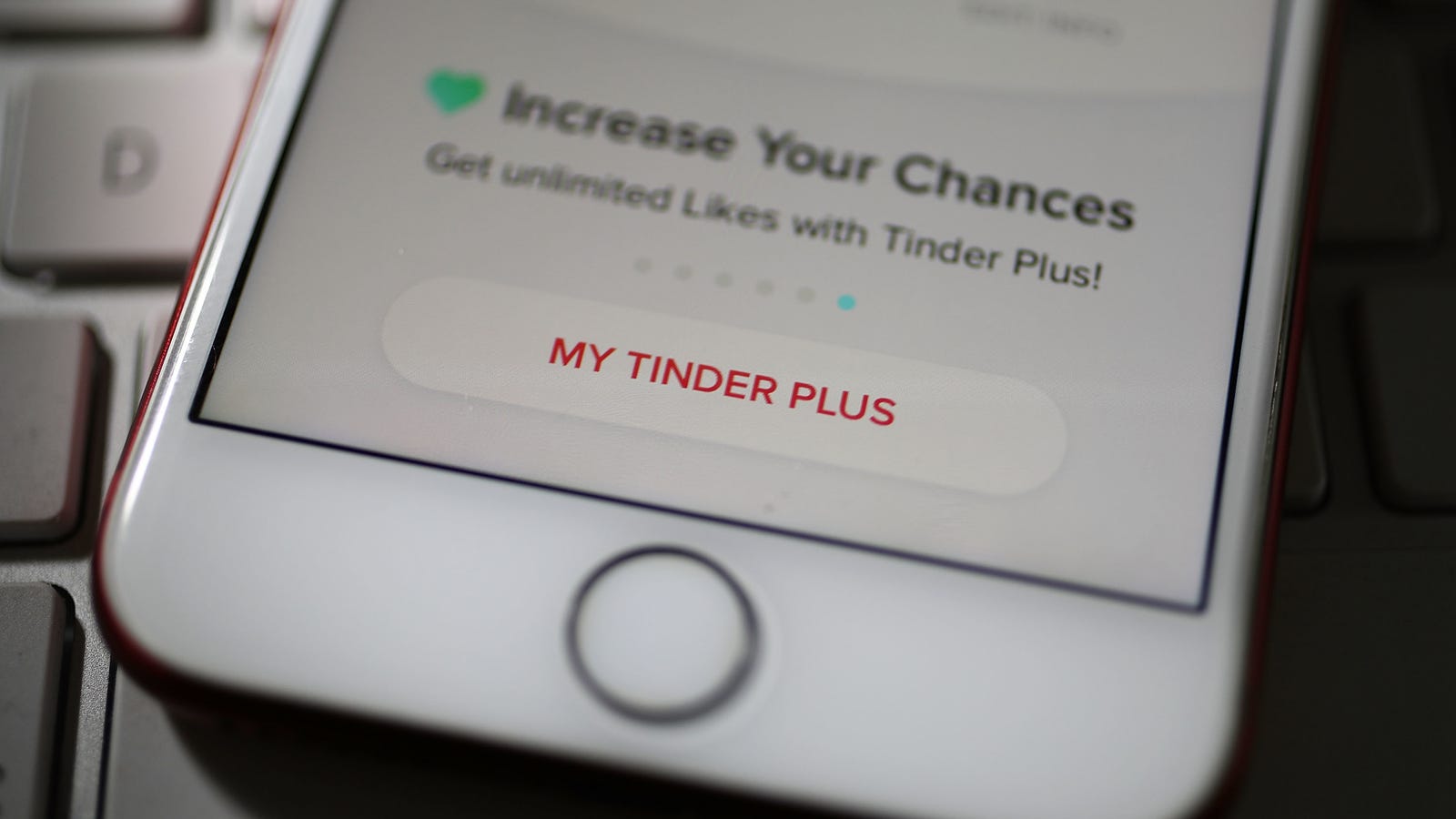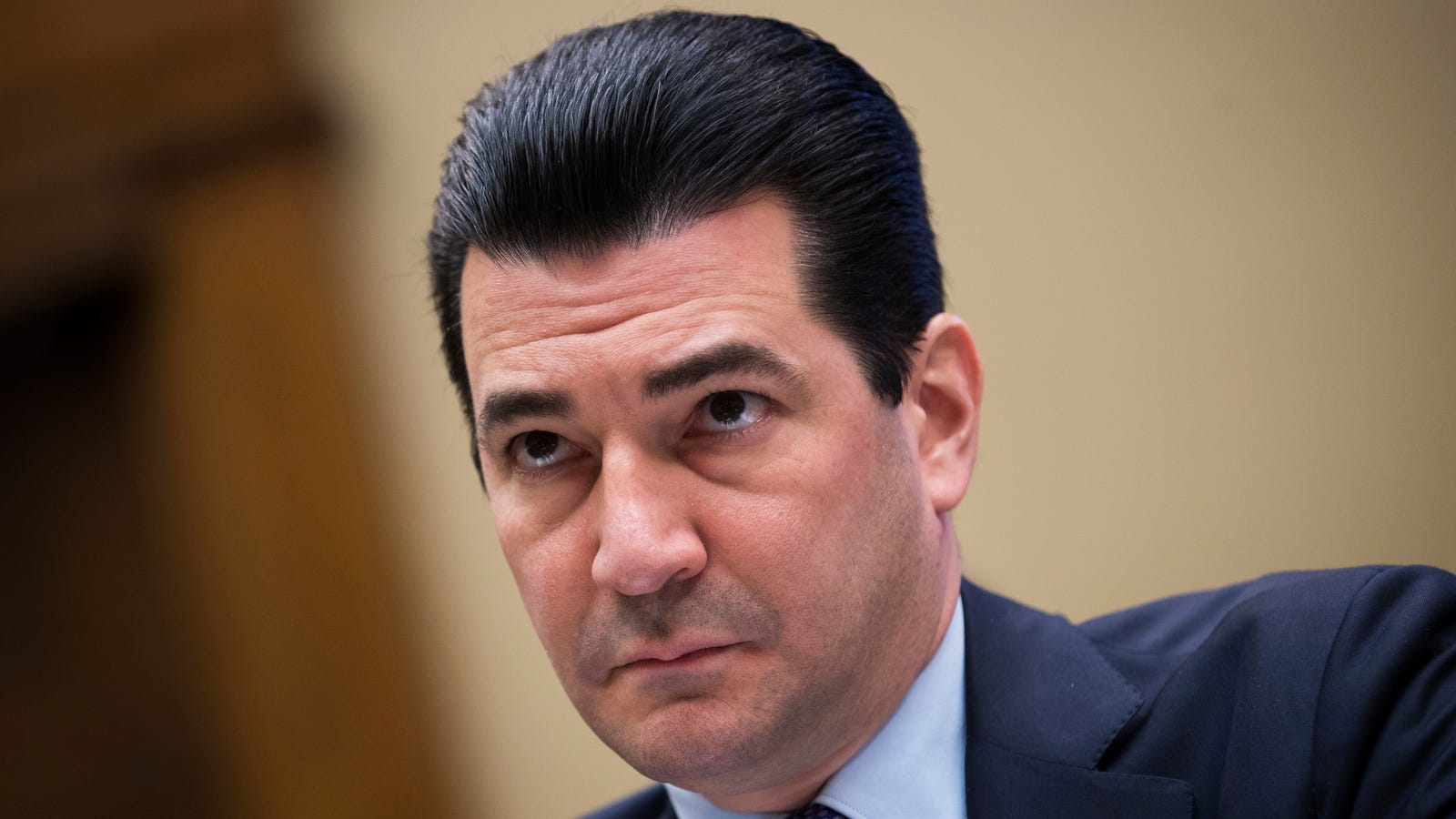https://gizmodo.com/android-tv-is-good-now-1832053190

While often derided as buggy, slow, and not as good as alternative options like the Apple TV or even the Chromecast, Android TV has been quietly fixing a lot of its problems and adding a pile of features that make it worth a second look. Nearly five years after launch, there are a lot of reasons Android TV might be worth a second look for your living room.
The obvious beauty of the operating system is that it comes built into a growing number of television sets. Sony has long been using Android TV as its onboard software of choice, and we’re seeing the likes of TCL and Sharp join as well. And if you’re TV doesn’t have Android built in there’s also the set-top route. Our favorite is still the Nvidia Shield, a superior set-top box that offers support for 4K playback plus a whole host of additional gaming options on top of Android TV—like the GeForce Now game streaming platform.
All we’re really missing is a set-top box or dongle from Google itself—perhaps a Chromecast with Android TV on board is something that’s being worked in deep in the bowels of Google’s hardware department. It would certainly add to the appeal of the platform if there were more boxes besides the excellent Nvidia Shield to pick from.
Chromecasting comes built-in
First up, an Android TV device does everything that a Chromecast does. It has the Google Cast standard built-in, which means you can beam content from a whole host of audio and video apps on Android and iOS: Spotify, YouTube, Netflix, Hulu… just about anything except music and movies you’ve got through iTunes.
You get all the benefits of a Chromecast without the extra expense and without having to plug another dongle into the back of your TV. When you need to share something from a phone, tablet, or laptop, you just choose the Cast option and your Android TV-enabled device appears as an option (assuming it’s connected to the same wifi network).
It works just as seamlessly as it does with a separate Chromecast, and we prefer using it for getting something up quickly on Android TV. Don’t forget you can also cast your entire screen from a Chrome OS or an Android device, so you can bring up pretty much any website or app on the big screen.
Google Assistant comes built-in
Google Assistant took its time to get to Android TV, but it’s here now, and it makes a big difference—especially as there’s no mouse and keyboard on a TV. You can use Google Assistant to find something to watch or listen to, for example: Speak out the name of a song or movie, or “Tom Hanks movies”, or “comedies from the 1990s”, or “play some rock music”, and so on.
To save you having to fish around in the Android TV menus, you can just say “open Netflix” or “open Spotify” to get to the app you need. If you need more apps on your Android TV device, then Google Assistant can help with this too: try saying “find video apps” or “find music apps” to look through the Google Play Store.
You get all the usual Google Assistant goodness thrown in as well. You can ask it how many calories are in an apple, or check what the weather forecast is looking like, or find out what the next appointment in your Google Calendar is, or even find out how long it will take to drive somewhere (Google Assistant on Android TV will ping the directions to your Android smartphone if you need them).
All the major apps are available
Pretty much all the major music and video apps you are going to need have found their way to Android TV now. YouTube of course, and Google Play Movies & TV, plus the likes of Plex, Netflix, Hulu, HBO Now, Showtime Anytime, Disney, VLC Player, Kodi, Twitch, Amazon Prime Video, and more. Plus, Spotify has an official Android TV app, but not an Apple TV app at the time of writing.
A lot of the other apps you might be used to on your Android phone aren’t available on Android TV right now, but don’t forget this is Android — apps can be sideloaded easily enough, whether that’s through a USB stick or SD card, or through a third-party app (ES File Explorer and X-plore File Manager are recommended).
Just about anything on Android devices can be loaded on an Android TV, even if it doesn’t work all that well. Google Photos is a big omission at the moment, though you can Chromecast your pictures instead. However most of the apps that actually make sense for a big screen have official Android TV options available—including a wide range of emulators for older consoles like the NES, Sega Genesis, and even the Sony Playstation.
Extra features and options
There are plenty of other Android TV benefits for us to talk about, like support for plugging in a keyboard for text entry and a mouse to point with, or being able to control different parts of your smart home through apps and Google Assistant, or having access to your live channels through the Android TV interface.
Android TV took a while to find its feet but it’s now polished enough for the average user to be able to get to grips with as well as advanced enough to satisfy a more tech-savvy crowd as well—whether that involves installing a remote control app on your smartphone or sideloading apps as we mentioned above.
Having used Android TV and Apple TV side by side for several years, it’s clear that Apple has the more elegant user interface and the edge in terms of the number and quality of apps. But Android TV isn’t as far behind as you might think, and in some scenarios actually works better. It’s worth looking out for on your next set or set-top box.
via Kotaku https://kotaku.com
January 28, 2019 at 04:28PM





